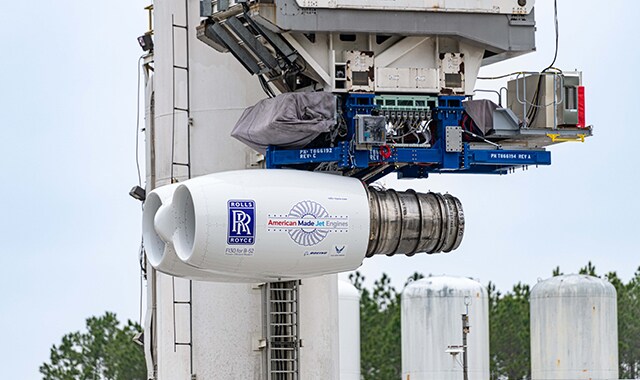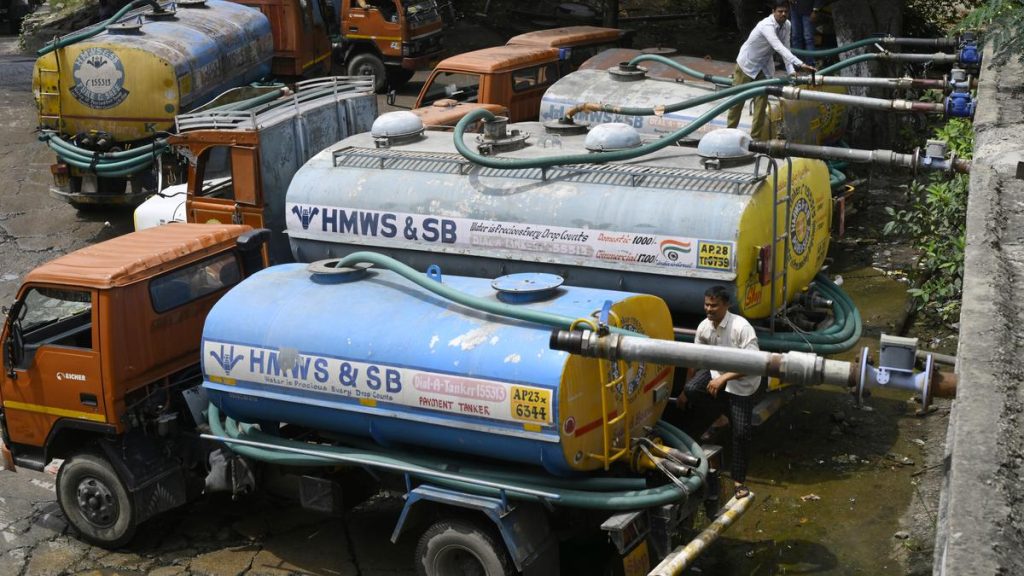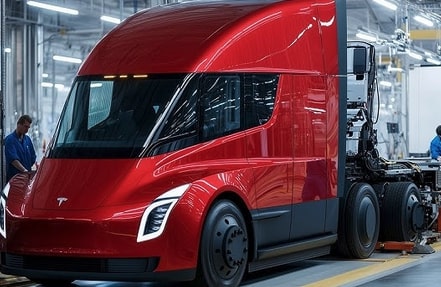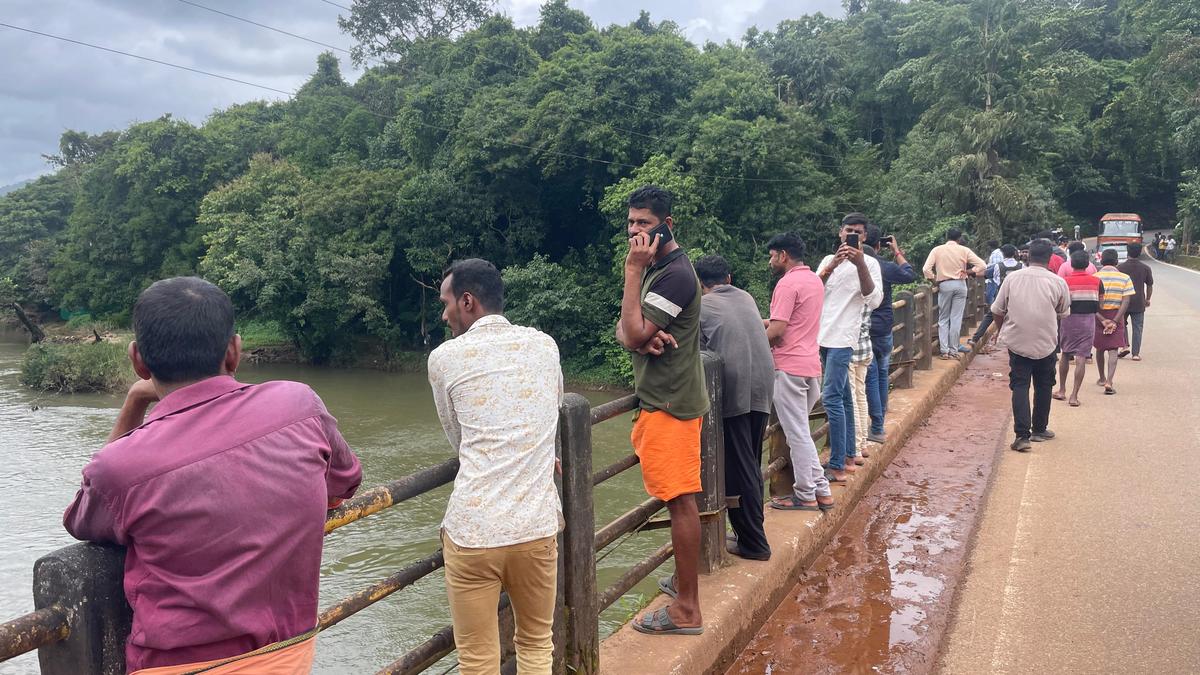Now Reading: 76 B-52s to Get New Engines: Modernization Delayed Over 15 Years
-
01
76 B-52s to Get New Engines: Modernization Delayed Over 15 Years
76 B-52s to Get New Engines: Modernization Delayed Over 15 Years

quick Summary
- Historical Production: Building 744 B-52 bombers took 10 years (1952-1962); current upgrade schedule spans 15 years, with completion expected by 2036.
- Engine Upgrade Details: Teh Rolls-Royce F130 engine will replace approximately 600 Pratt & Whitney TF33 engines, offering:
– up to 30% better fuel efficiency.
– Extended operational range.
– Reduced maintenance needs.
– Support for service life into the 2050s.
- Contract and Cost: Rolls-Royce awarded $2.6 billion through fiscal year 2038 for engine upgrades. Full re-engining set for completion by summer of fiscal year (FY) 2036; initial operational capability delayed to FY2033 from FY2030.
- Technical Challenges:
– Redesign of engine inlets required due to integration issues, causing delays and cost overruns.
– Early phases of altitude testing started at Tennessee’s Arnold Engineering Development Complex and completed wind tunnel tests in June 2025 after redesign success.
- Inflation Comparison: Original cost per B-52 bomber was $9.28 million ($94 million adjusted); cumulative inflation-adjusted production expense estimated at $69.9 billion today.
(See more details here)
Indian Opinion Analysis
The prolonged timeline and technical hurdles associated with upgrading the B-52 bombers highlight the complexities of retrofitting Cold War-era military equipment with modern systems. While India’s defence sector doesn’t directly intersect with this program, critically important lessons can be drawn regarding long-term operational sustainability for aging fleets-particularly amid rising focus on indigenous production under “Make in India.”
The meaningful investment in advanced engines demonstrates a commitment toward higher efficiency and lower lifecycle costs over decades, a principle that could guide future decisions about upgrading aging aircraft within the Indian Air Force inventory like Jaguars or MiG fleets.Moreover, U.S.-India collaborations on defense technology might benefit indirectly as India seeks partnerships to enhance domestic manufacturing capabilities across aviation platforms. Delays underscore inherent risks tied to large-scale modernization programs-a cautionary tale relevant for India’s own ambitions within defense procurement strategies.

























